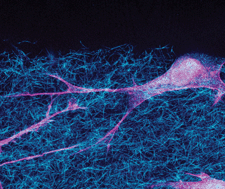The compaction of gels by cells: a case of collective mechanical activity†
Abstract
To understand mechanotransduction, purely mechanical phenomena resulting from the crosstalk between

* Corresponding authors
a
Lehrstuhl für Zellbiophysik E27, Technische Universität München, James-Franck-Strasse 1, Garching, Germany
E-mail:
pfernand@ph.tum.de, abausch@ph.tum.de
To understand mechanotransduction, purely mechanical phenomena resulting from the crosstalk between

 Please wait while we load your content...
Something went wrong. Try again?
Please wait while we load your content...
Something went wrong. Try again?
 Fetching data from CrossRef.
Fetching data from CrossRef.
This may take some time to load.
Loading related content
